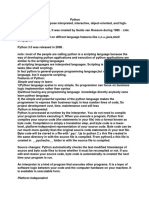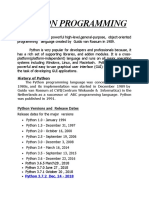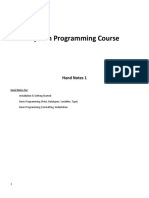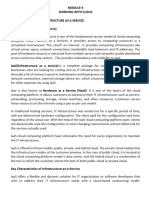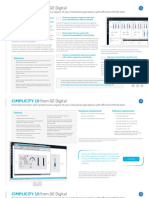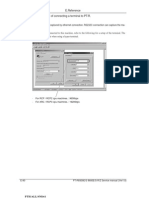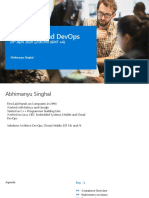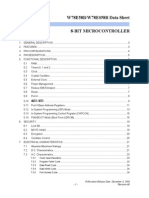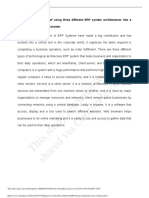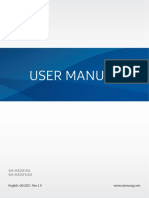0% found this document useful (0 votes)
18 views41 pagesModule 1
The document provides an overview of Python 3, including its history, features, and applications. It covers essential programming concepts such as identifiers, keywords, indentation, and the differences between interactive and script modes. Additionally, it outlines the environment setup for Python and highlights its usage in various fields, along with notable companies that utilize Python.
Uploaded by
nakshathradileep304Copyright
© © All Rights Reserved
We take content rights seriously. If you suspect this is your content, claim it here.
Available Formats
Download as PPTX, PDF, TXT or read online on Scribd
0% found this document useful (0 votes)
18 views41 pagesModule 1
The document provides an overview of Python 3, including its history, features, and applications. It covers essential programming concepts such as identifiers, keywords, indentation, and the differences between interactive and script modes. Additionally, it outlines the environment setup for Python and highlights its usage in various fields, along with notable companies that utilize Python.
Uploaded by
nakshathradileep304Copyright
© © All Rights Reserved
We take content rights seriously. If you suspect this is your content, claim it here.
Available Formats
Download as PPTX, PDF, TXT or read online on Scribd
/ 41



